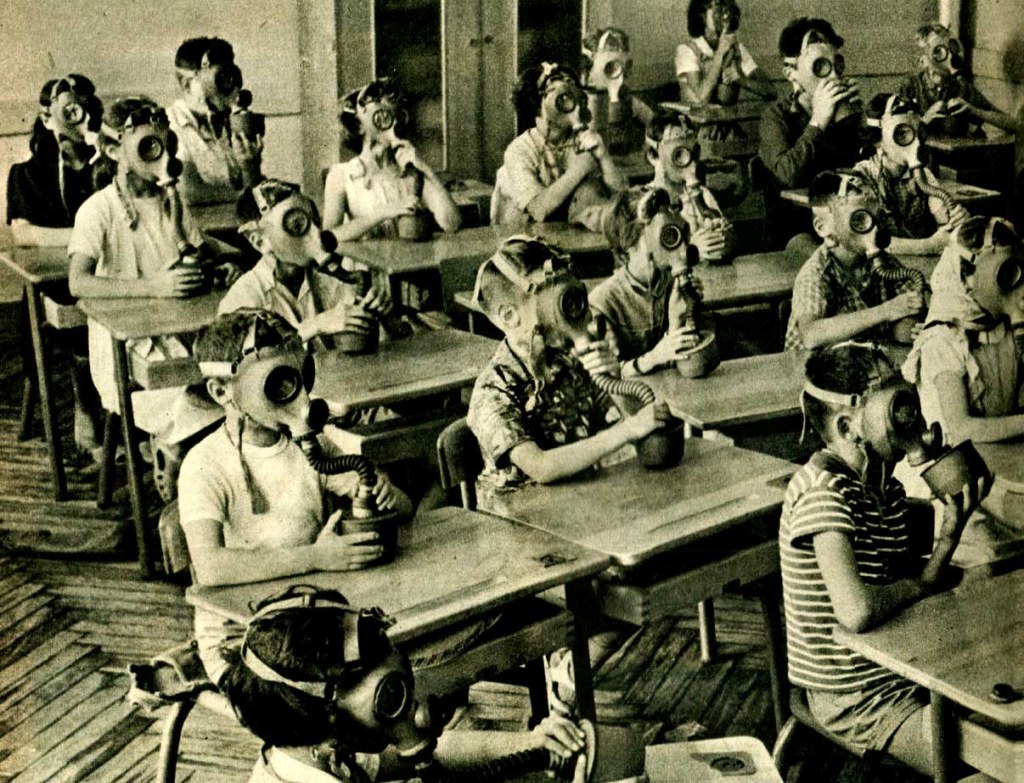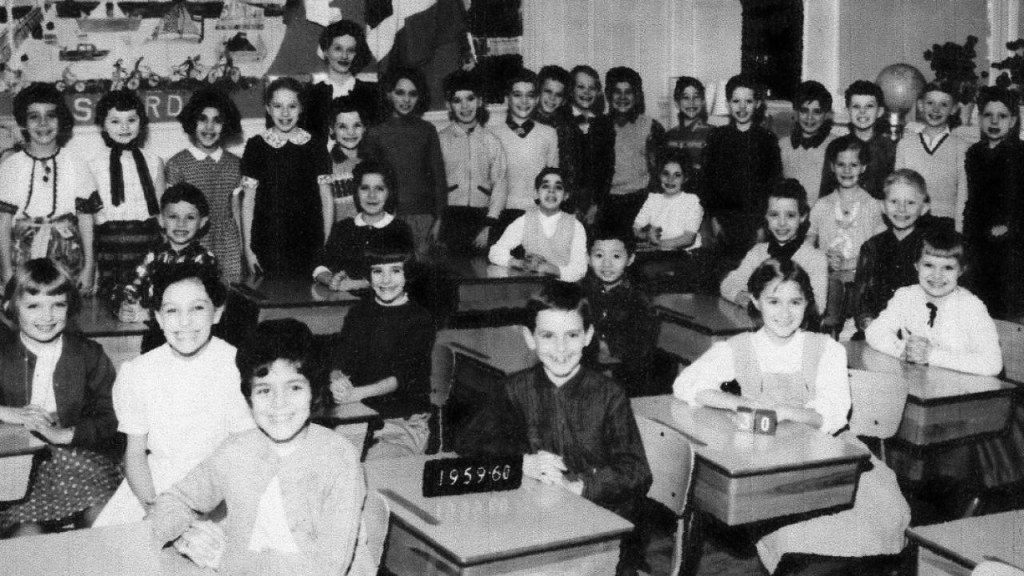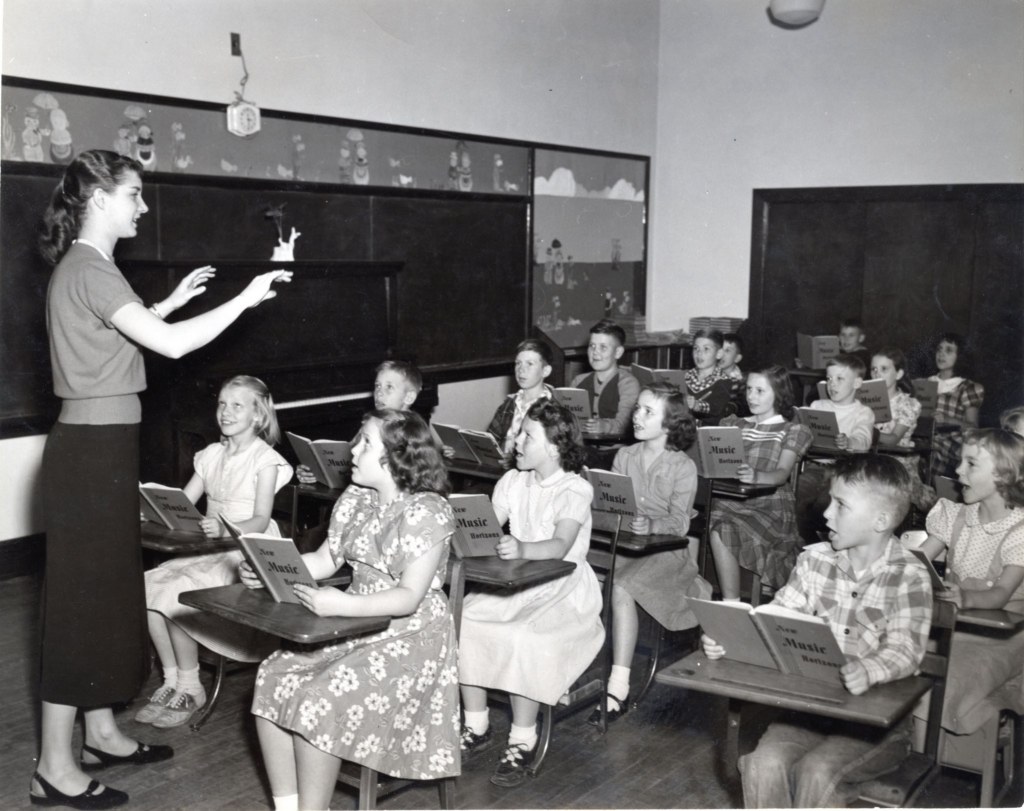Unlocking The Hidden Gems: Exploring The Remarkable Educational Opportunities Of The 1950s – Join The Journey Now!
Educational Opportunities in the 1950s
Greetings, Readers! Today, we will delve into the topic of educational opportunities in the 1950s. This era marked a significant shift in the education system, presenting new avenues for students to pursue knowledge and skills. Join us as we explore the various aspects of educational opportunities during this time.
Overview
The 1950s witnessed a transformative period in education, with several developments shaping the landscape of learning. It was a time of increased accessibility and expansion of educational opportunities for individuals across various demographics. Let us dive into the details and uncover the significant milestones that took place.
3 Picture Gallery: Unlocking The Hidden Gems: Exploring The Remarkable Educational Opportunities Of The 1950s – Join The Journey Now!



What Were Educational Opportunities Like in the 1950s?
🔍 Educational opportunities in the 1950s were characterized by a growing emphasis on formal education and the diversification of subjects offered. The traditional subjects of math, science, and literature were complemented by new disciplines such as computer science and social sciences. This broadened the scope of knowledge available to students.
🔍 Institutions also started offering vocational courses, allowing individuals to gain practical skills in fields such as carpentry, mechanics, and nursing. This shift recognized the importance of hands-on training and catered to the needs of individuals seeking employment in trade-related industries.
The Importance of Vocational Education
🔍 Vocational education in the 1950s played a crucial role in bridging the gap between theoretical learning and real-world application. It provided students with the necessary skills to enter the workforce directly, which was particularly appealing to those who did not wish to pursue higher education.

Image Source: amazonaws.com
🔍 Additionally, vocational education empowered individuals to contribute to the economic growth of their communities. By equipping students with industry-specific skills, it boosted local industries and helped meet the demands of a rapidly evolving job market.
Who Benefited from Educational Opportunities in the 1950s?
🔍 The expansion of educational opportunities in the 1950s benefited individuals from all walks of life. Previously, education was primarily reserved for the privileged few, but this era saw an increased focus on inclusivity.
🔍 Women, in particular, experienced greater access to education during this period. The post-World War II era opened up opportunities for women to pursue higher education and enter previously male-dominated fields. This shift played a crucial role in breaking barriers and fostering gender equality.
Breaking Gender Barriers
🔍 Educational opportunities in the 1950s broke down gender barriers by encouraging women to pursue careers in fields such as science, medicine, and engineering. This marked a significant step towards gender equality, as women gained the knowledge and skills necessary to excel in traditionally male-dominated professions.
🔍 Furthermore, educational opportunities in the 1950s also extended to racial minorities, with efforts made to promote equal access to education for all. This was a crucial step towards dismantling racial discrimination and fostering a more inclusive society.
When Did Educational Opportunities Expand in the 1950s?

Image Source: tvo.org
🔍 Educational opportunities expanded throughout the 1950s, with various initiatives driving this positive change. In the aftermath of World War II, there was a collective realization of the importance of education in rebuilding societies and fostering progress.
🔍 The introduction of the G.I. Bill in 1944 was instrumental in providing educational opportunities to veterans returning from the war. This legislation offered financial assistance and opened doors to higher education for those who had served their country.
The Impact of the G.I. Bill
🔍 The G.I. Bill had a profound impact on educational opportunities in the 1950s. It enabled veterans to pursue higher education and gain skills that would aid in their reintegration into civilian life. This resulted in a surge of students entering colleges and universities, leading to a boom in educational institutions.
🔍 Additionally, the growth of public education during this time meant that more children had access to formal schooling. The expansion of primary and secondary education laid the foundation for a well-educated generation, setting the stage for further progress in the years to come.
Where Did Educational Opportunities Thrive in the 1950s?
🔍 Educational opportunities thrived throughout the United States in the 1950s. This era witnessed the establishment of numerous colleges, universities, and vocational schools across the country, catering to the increasing demand for education.

Image Source: amazonaws.com
🔍 Cities like New York, Chicago, and Los Angeles became educational hubs, attracting students from far and wide. These urban centers provided a diverse range of educational institutions, offering specialized programs in various fields.
The Rise of Community Colleges
🔍 Community colleges played a pivotal role in providing accessible education during the 1950s. These institutions were often located in suburban areas, allowing individuals to pursue higher education without the need to relocate or incur exorbitant costs.
🔍 The establishment of community colleges democratized education, giving students the opportunity to acquire foundational knowledge before transferring to larger institutions. This flexible pathway enabled individuals to work towards their educational goals at their own pace.
Why Were Educational Opportunities Important in the 1950s?
🔍 Educational opportunities were of paramount importance in the 1950s as they laid the groundwork for social and economic progress. The rapid advancements in technology and industry necessitated a well-educated workforce capable of meeting the demands of a changing world.
🔍 Accessible education empowered individuals to break free from socioeconomic limitations and pursue fulfilling careers. It fostered upward mobility and offered a pathway to a brighter future. Education became a catalyst for personal growth and societal development.
How Were Educational Opportunities in the 1950s Executed?
🔍 Educational opportunities in the 1950s were executed through various means, including government initiatives and the establishment of new educational institutions. The commitment to expanding education was reflected in the policies and investments made during this era.
🔍 Additionally, educators played a vital role in shaping educational opportunities. Teachers adapted their teaching methods to cater to the changing needs of students, ensuring they were equipped with relevant skills and knowledge.
The Role of Educators
🔍 Educators in the 1950s embraced the responsibility of nurturing young minds and preparing them for the future. Their dedication and expertise played a significant role in the success of educational opportunities during this period.
🔍 Furthermore, parents and communities also recognized the value of education and actively supported the educational endeavors of their children. This collective effort contributed to the overall success of educational opportunities in the 1950s.
Advantages and Disadvantages of Educational Opportunities in the 1950s
Advantages
1. 🌟 Increased access to education for individuals from diverse backgrounds.
2. 🌟 Growth of vocational education, providing practical skills and employment opportunities.
3. 🌟 Equal opportunities for women to pursue higher education and enter previously male-dominated fields.
4. 🌟 Greater focus on primary and secondary education, setting the foundation for future success.
5. 🌟 Contribution to economic growth through the development of a skilled workforce.
Disadvantages
1. ⚠️ Limited access to education for marginalized communities, requiring further progress in inclusivity.
2. ⚠️ Inadequate resources and facilities in certain regions, hindering the quality of education.
3. ⚠️ Gender disparities still persisted, with women facing challenges in certain academic and professional spheres.
4. ⚠️ Vocational education, while beneficial, was sometimes seen as a less prestigious option compared to traditional academic paths.
5. ⚠️ The rapid expansion of educational institutions led to overcrowding and strain on existing resources.
Frequently Asked Questions (FAQs)
1. What were the primary reasons for the expansion of educational opportunities in the 1950s?
The expansion of educational opportunities in the 1950s was primarily driven by the recognition of education’s role in personal and societal development. The post-war era and the need for skilled workers also played a significant role in this expansion.
2. Did the educational opportunities in the 1950s cater to individuals from all socioeconomic backgrounds?
While efforts were made to increase accessibility, there were still limitations regarding access to education for individuals from marginalized communities. Further progress was necessary to ensure equal opportunities for all.
3. Were vocational courses considered as valuable as traditional academic paths in the 1950s?
Vocational courses were gaining recognition and were seen as valuable for individuals seeking practical skills and immediate employment. However, traditional academic paths were still considered more prestigious in certain circles.
4. How did educational opportunities in the 1950s contribute to societal progress?
Educational opportunities in the 1950s played a vital role in fostering social progress by breaking down barriers based on gender and race. It empowered individuals to contribute to their communities and paved the way for a more inclusive and skilled workforce.
5. Did the expansion of educational opportunities in the 1950s have any long-term effects?
Absolutely! The expansion of educational opportunities in the 1950s laid the foundation for subsequent advancements in the field of education. It fostered a culture of lifelong learning and continues to influence educational policies and practices to this day.
Conclusion
In conclusion, the educational opportunities in the 1950s brought about significant advancements in the field of education. They opened doors to individuals from diverse backgrounds, empowered women, and contributed to economic growth. While certain challenges and disparities still existed, this era marked a crucial turning point in expanding access to education and fostering societal progress.
As we reflect on the educational opportunities of the 1950s, let us recognize the importance of accessible education in shaping a better future for all. It is through knowledge and learning that we can break barriers and create a more inclusive society. So, let us embrace the educational opportunities available to us and strive for excellence!
Final Remarks
Disclaimer: The information provided in this article is based on historical research and may not reflect the complete reality of educational opportunities during the 1950s. It aims to provide an overview and understanding of the subject matter. For a comprehensive analysis, further research is encouraged. The views and opinions expressed in this article are those of the author and do not necessarily reflect the official policy or position of any educational institution or organization.
This post topic: Offline Classes


